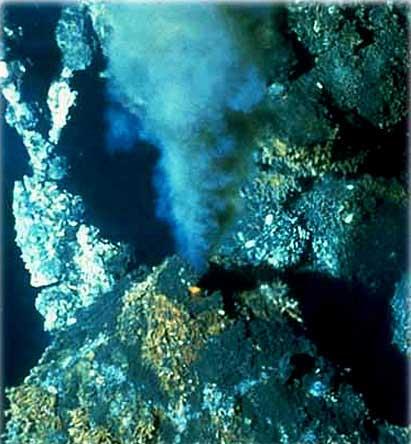Atlantis, lost underwater city

In the North Atlantic, 700 metres deep, oceanographers at the University of Washington in Seattle have discovered a city of ore. In the region known as Atlantis a submarine mountain was being studied located about 15 kilometers from the dorsal of the Middle Atlantic and was discovered by surprise.
The city is made up of white columns. The longest has a height of 60 meters and the researchers have been able to verify that they are swallowed by bacteria. In fact, the city is built in hydrothermal fireplaces and has developed life sheltered from the heat that emerges from them.
Oceanographers believe that the conditions of these chimneys are similar to those of the youth of the Earth, so the bacteria that live there can be “living fossils”. Preliminary studies have shown that they are bacteria capable of feeding both methane and similar organic and mineral compounds, forming part of very old groups.
In addition to providing information about the origins of life, the lost city has shown that hydrothermal fireplaces can occur in places where it was not thought. So far, they have only been found in oceanic dorsal areas, around the magma that leaves the soil; although the researchers predicted that reactions between sea water and soil minerals could lead to hydrothermal chimneys, the test has not arrived until today. The chimneys of the lost city are formed by carbonate minerals at a temperature of 40-70 °C and are an example of a new type of hydrothermal fireplace.
Buletina
Bidali zure helbide elektronikoa eta jaso asteroko buletina zure sarrera-ontzian











